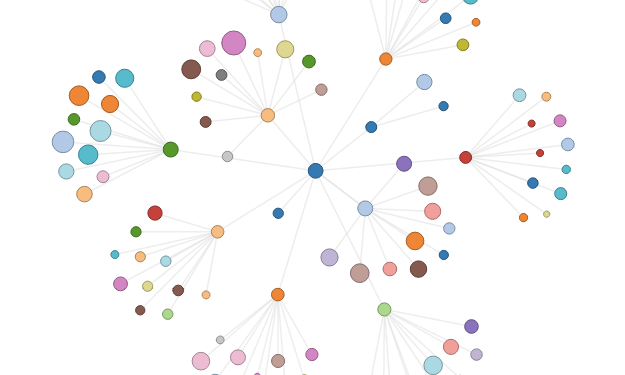I’ve been playing a lot of Smash Up.
Smash Up is a card game where you pick two factions and match them together as your army, like Wizard-Ninjas or Princess-Steampunks. Half the fun of picking an interesting pairing is picking an interesting name combination (Dragon-Grannies? Kitty-Cat Zombies?) — but the real beauty of the game lies in picking two factions for their strategic synergy.

The creators of Smash Up create new factions every six months or so. There are currently sixty total factions. The math that describes the possible faction combinations is quite interesting. If there are X factions available, there are X*(X-1)/2 total possible faction combinations. These are triangular numbers, like Pascal’s triangle — sort of like factorials but with addition rather than multiplication as the main operation. Since there are 60 total factions available, that’s 60*59/2 (or 30*59) possible combinations — 1770. In my personal collection, I have 47 factions, so there are 1081 possible combinations.
Since learning about the math behind Smash Up, I’ve realized that the same numbers apply in other interesting places. In particular, triangular numbers describe the number of possible 1–1 connections in a given network.

Let’s take the example of the Slack community I created around Mind Body Attention. If a community has U users, there are U*(U-1)/2 total possible 1–1 connections.
These mathematics are particularly relevant to our community because of its social norms. In most other Slack communities, I’ve been in, the default mode of exchange is to converse in public channels. The main form of discourse in the Mind Body Attention community is one to one, private discussions.
We currently have 52 total users, so that’s 1326 possible 1–1 connections. Alternatively, if you count active members (27), we have 351 possible 1–1 connections. Of course, as one individual person, you can only take responsibility for creating and maintaining the connections that involve your half of a pairing — so members of Mind Body Attention have 26 (or 51) possible people to meet there.
As the creator of the community, my goal is to connect people. I’ve seen that there’s so much power in connecting people. Aristotle said that there are three kinds of friendship: friends of pleasure, utility, and virtue. All of these connections (and their combinations — all seven possibilities — the three themselves, the three pairs, and the one kind of friendship that has all three) can be valuable and rewarding.
One easy way to build community is to simply add more people. Each time you add more people, there are more possible connections — just like there are more possible Smash Up combinations with each faction expansion. At Mind Body Attention, we are of course open to new people. But another way to build community is simply to increase the number of interconnections between members of the group. I try to reach out and get to know each person who joins the community, and encourage other people to do the same. Either way, with more people or more interconnections, our community (and our extended network) grows stronger — more fun, more useful, and more beneficial to all involved.
If you enjoyed this post, consider subscribing to my newsletter, my YouTube channel, or following me on Twitter to get updates on my new blog posts and current projects. You can also support my work and writing on Patreon.
